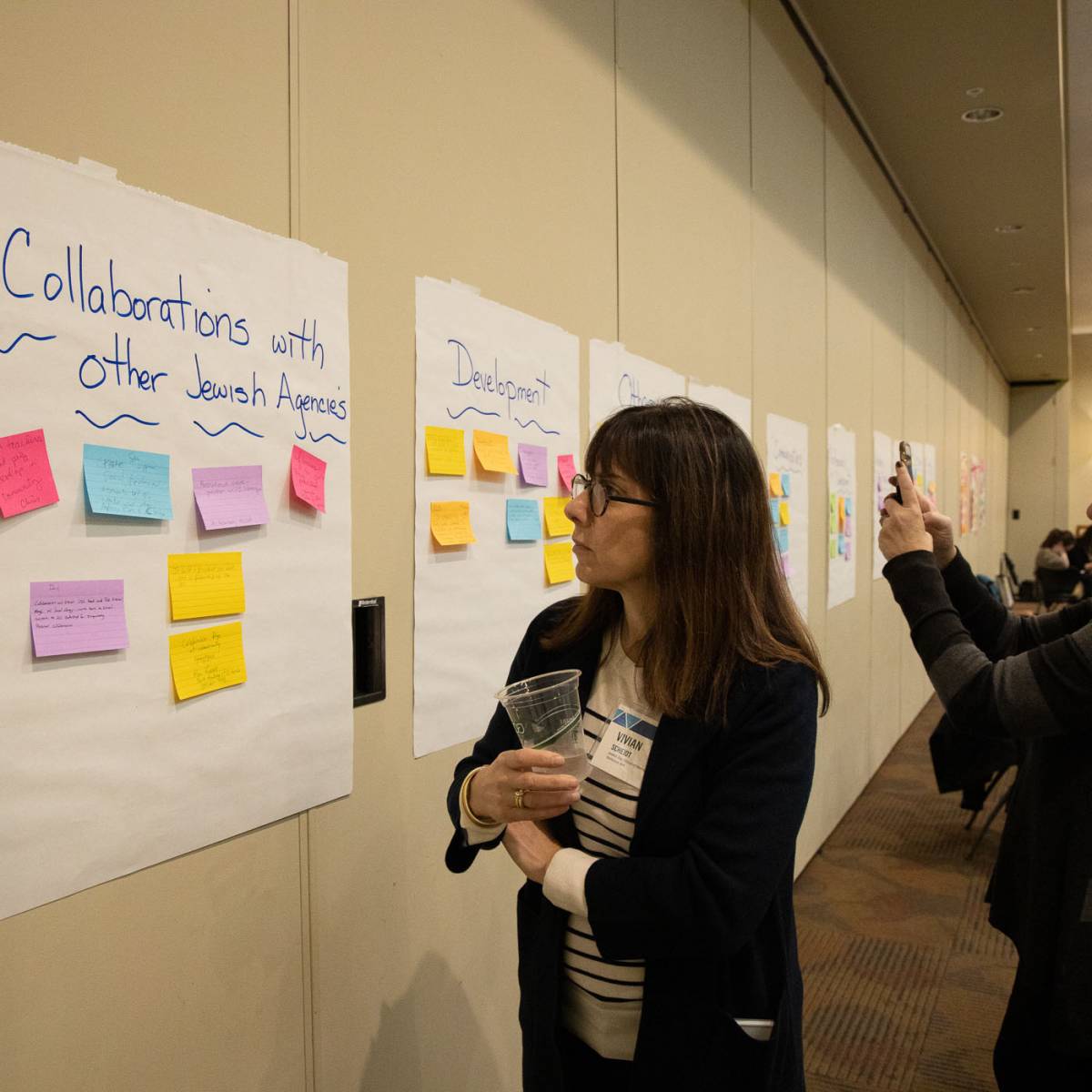The Power of The Small School Network
The Small Jewish Day School.
Is it defined by community size (10,000 or fewer Jews) or by student body (less than 150 children) or by budget (under $1.5 million)? I’m sort of pulling those numbers out of thin air. But not entirely. While schools that fit one or more of those criteria can look substantially different, they share a set of constraints—and advantages—that are different from schools in larger communities with more students and bigger budgets.
Last month, a couple of dozen Heads of School and Development Directors from small day schools across North America met in Austin for a three-day retreat. Some of us were from relatively small communities, like Omaha and Gainesville. Some work at small schools in larger communities, like Seattle and Los Angeles. All of us work with relatively small budgets and tight fundraising opportunities.
The great thing about this retreat was that it was almost entirely peer-led and tachlis-focused. Colleagues shared their successful strategies for addressing issues ranging from student recruitment to individualized learning plans, annual campaigns to staff supervision. The combination of curiosity and openness led to some valuable take-aways:
- It’s really hard to hire qualified Judaic and Hebrew teachers for small schools. New graduates from the top Jewish education programs are gobbled up by larger institutions in cities with big Jewish—and, especially, young Jewish—populations. Nothing we can do about that beyond leaping at targets of opportunity when they surface.
- Creative management makes a big difference. To balance the budget and maintain educational excellence, leaders of small day schools have figured out how to apply strategies like merging grades, encouraging non-Jewish enrollment, and employing teachers less than full time. These specific policies aren’t appropriate everywhere, but the approach can be generalized.
- There’s no substitute for effective PR. We saw brochures and annual reports and websites that not only looked impressive, but communicated inspiring stories about the value and impact of the day school experience. Lots of us are in competition with other Jewish day schools, independent private schools, excellent public schools, synagogue Hebrew schools. We cannot afford to rest on our reputations.
- Let’s not constantly reinvent the proverbial wheel—which is why it’s so useful for Prizmah to provide a venue for face-to-face interactions among small school leaders. As fascinating and inspirational Prizmah’s big biennial conference is, the three days in Austin was a lot more useful.
In Edmonton, where I work, our school has a long history, a well-deserved reputation for academic excellence, and general support within the Jewish Federation and community at large. We also have a unique relationship with the public school system, which takes some of the ongoing budgetary pressure off. But I don’t take any of that for granted. Like my colleagues from Durham, Ann Arbor, Memphis, Akron, and lots of other places, maintaining the success of my school and building it for the future requires me to keep an open mind about new solutions to old problems. Our children, and the future of our Jewish communities, literally depend on that.
By Gerald L. Sorokin
Executive Director Edmonton Talmud Torah Society

Photo by David Finkel Photography


